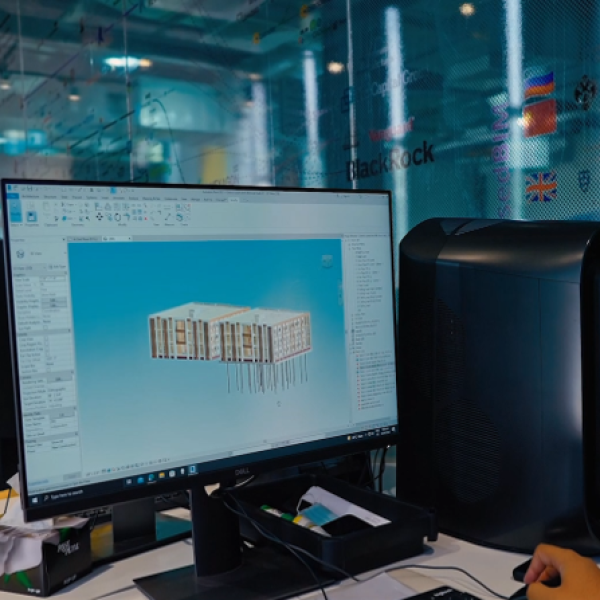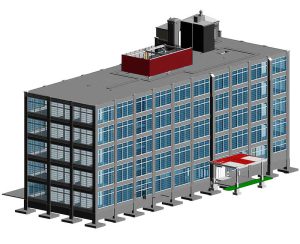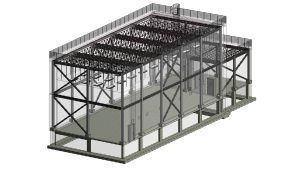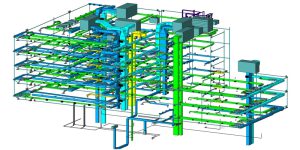Building Information Modeling (BIM)

Introduction
The accelerated use of BIM and digital technologies has transformed the way the built environment is delivered and consequently, transformed the managerial competencies that the sector requires. BIM is a process that involves the use of technology in the creation and management of a digital model/ representation, enriched with physical and functional information. The base of this process lies is the creation of a true (digital) representation of the Building/Project. This digital representation will contain all relevant Information (Data- graphical and non-graphical- specifications, etc..) integrated within a virtual (3D) Model, in order to assist in the Design, Construction Management and lifecycle afterwards too.
Autodesk Revit is one of the most popular tools used for the 3D representation and this course introduces you to the implementation of the Building Information Modeling process with the Autodesk Revit software.
what you will learn

Architectural Modelling
- Installation of Software
- Introduction to Revit user Interface and Commands
- Starting the Implementation Project
- Sites
- Using Masses to Create Conceptual Designs
- Tracking Site Coverage and Developing Concepts
- Families
- Columns, Beams, Foundations, Slabs, Braces, and Trusses
- Walls and Curtain Walls
- Slabs, Floors, Ramps, Ceilings, and Roofs
- Railings and Stairs
- Rooms and Areas
- Rendering

Structural Modelling
- What is BIM and Revit Structure
- Structural Columns
- Structural Walls
- Structural Foundations
- Beam and Beam Systems
- Structural Floors
- Creating and Manipulating Views
- Creating Structural Families
- Steel connections
- Structural Reinforcements

MEP Modelling
- Energy Analysis
- HVAC Systems
- Hydronic Piping Systems
- Plumbing Systems
- Fire Protection Fabrication
Your Future Starts Here.
OUR LOCATION
- Garden Avenue, Shakar Parian, Islamabad
- +92-51-8485681
- info@tunnel.edu.pk


